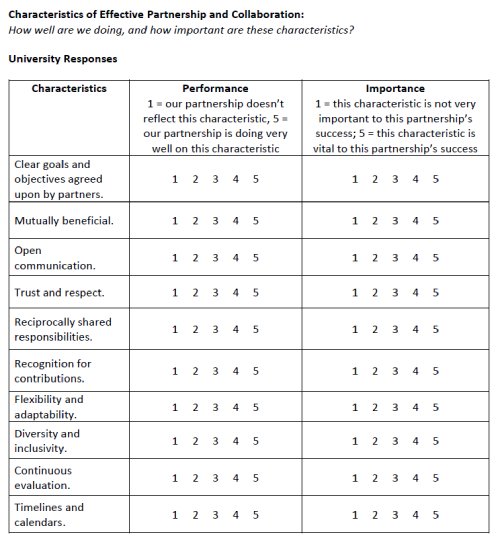This toolkit is designed to help institutions of higher education (IHEs) and NIST MEPs Centers (MEPs) build strong partnerships for the benefit of small and medium-sized manufacturers (SMMs). We suggest that potential partners read through the toolkit and use the tools as you consider building a partnership. Take the time to use the tools as a guide to conversations about the following:
- The potential benefits of collaboration.
- The principles that should guide the partnership.
- A vision for the ideal future state of the partnership and a roadmap for getting there.
- Roles and responsibilities within the partnership.
- Methods and processes for identifying and attracting interest from SMMs that might benefit from the partnership.
- Forging a three-way agreement between a university, MEP and SMM.
- Identifying the talent development required to implement Industry 4.0 technology.
- Identifying other opportunities for advancing the partnership’s shared goals.
Learn more about the Leveraging Universities to Advance Manufacturing Innovation through the National MEP Network Initiative.
Toolkit
Each section below features topic overviews and downloadable tools to utilize. For more in-depth explanations and reference materials on each section, download the accompanying Toolkit Guide.













Stay Connected
X (formerly Twitter)
Facebook
YouTube
LinkedIn
RSS